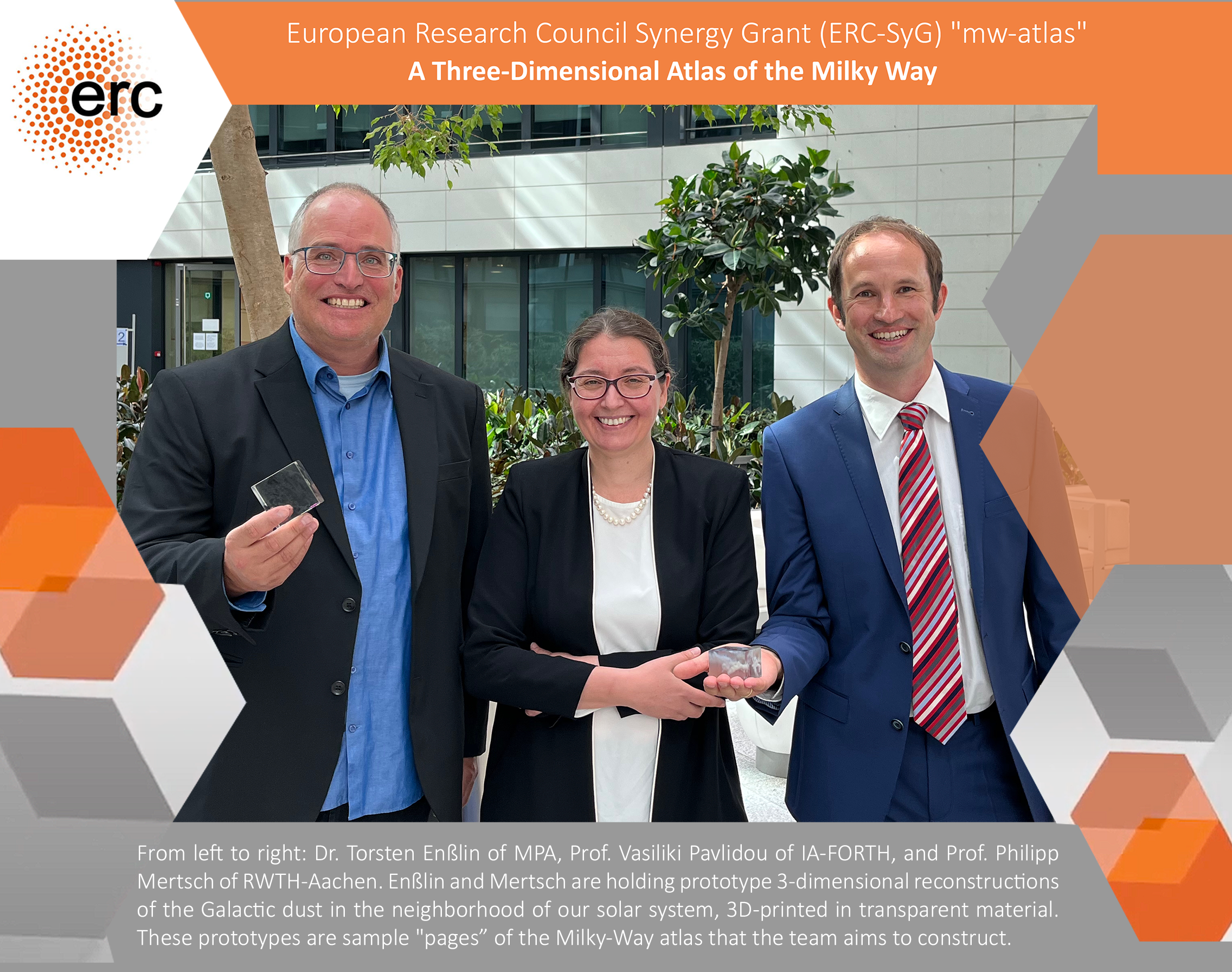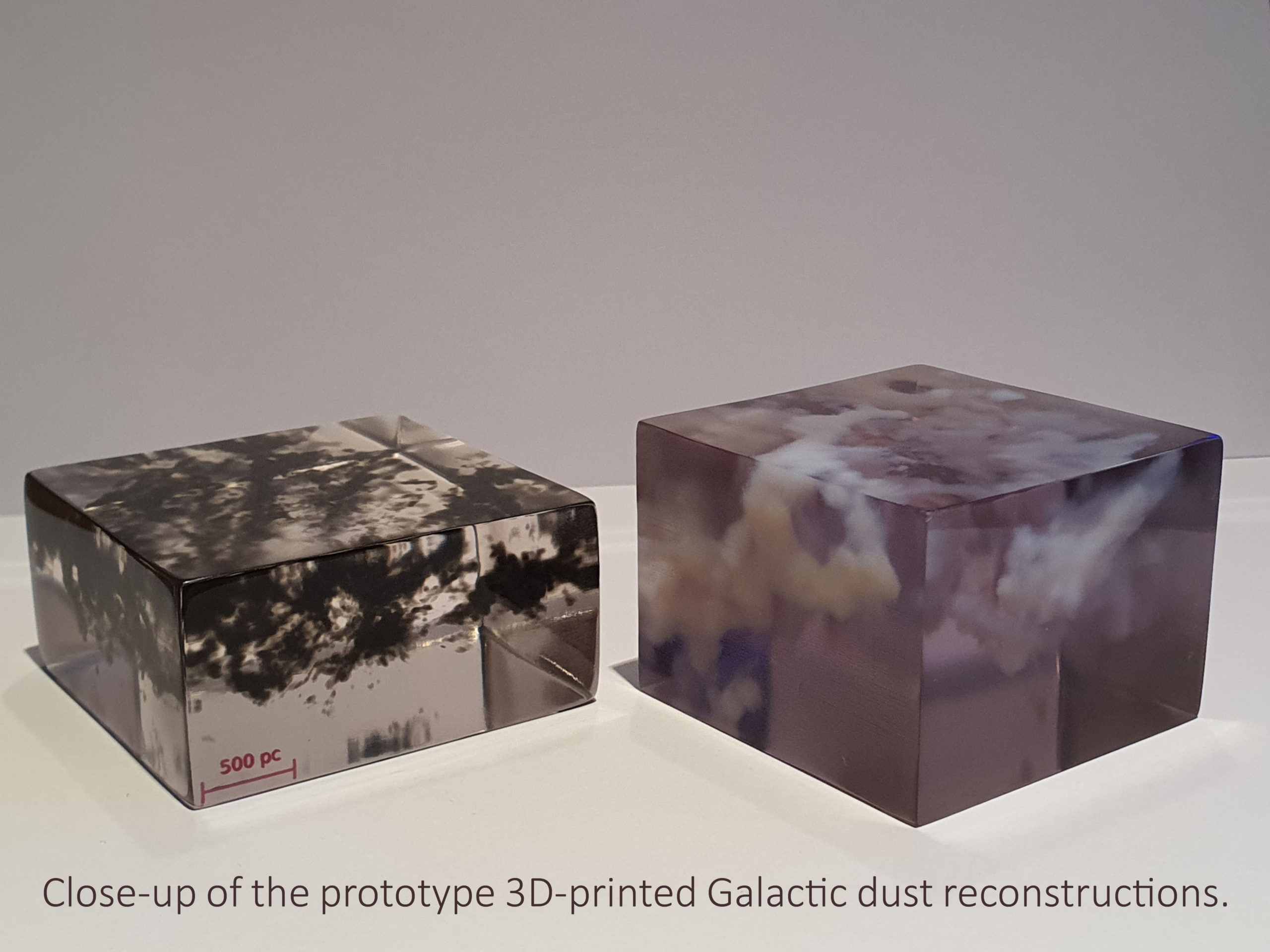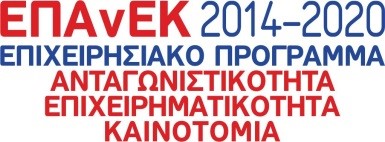European Research Council funds scientists at MPA, RWTH Aachen, and IA-FORTH to map Galaxy in 3D
Torsten Enßlin of the Max Planck Institute for Astrophysics (MPA) in Garching, Germany, Philipp Mertsch of RWTH Aachen University in Aachen, Germany, and Vasiliki Pavlidou of the Institute of Astrophysics of the Foundation for Research and Technology – Hellas (IA-FORTH) in Heraklion, Crete-Greece, have been awarded a highly competitive European Research Council Synergy Grant (ERC-SyG) aiming to create the first three-dimensional, comprehensive atlas of our Milky Way galaxy. This will revolutionize the way we observe and understand the Universe. The project, called mw-atlas, has a total budget of ten million euros and will be implemented in the three institutes for six years, starting in 2025.
“The Milky Way galaxy is our home, cradle of our solar system and life as we know it. It is also a veil through which we observe the distant universe and therefore needs to be understood in order to sharpen our view into the cosmos” said Enßlin, head of the Information Field Theory Group at MPA, and coordinating PI of mw-atlas.
“The Milky Way is highly complex.” added Mertsch, Professor at the Institute for Theoretical Particle Physics and Cosmology at RWTH Aachen, and PI of the Aachen node. “It contains dark matter, stars, gas, dust, cosmic rays, magnetic fields, turbulent velocities, all interacting through a network of physical processes.”
“The three-dimensional structure of these contents is either the protagonist or a major source of noise in all cutting-edge astrophysics research, whether we are talking about the search of the beginnings of our Universe, the nature of dark matter or the origin of stars and of the highest-energy particles in the cosmos” said Pavlidou, Affiliated Faculty Member at IA-FORTH and Professor at the Department of Physics of the University of Crete in Greece, PI of the Crete node.
“Although we have been collecting data on the Milky Way for decades, most information is still two-dimensional: we perceive the 3D Galaxy only as a 2D projection on the celestial sphere” said Enßlin. “Using the framework of Information Field Theory, which my group has pioneered, we can combine the wealth of existing data on the Milky Way to reconstruct the three-dimensional structure of all of its ingredients.”
“The maps of the Milky Way ingredients will result from physics-informed reconstructions” explained Mertsch. “Although physical interactions between ingredients complicate the reconstruction, they are key to unlock the third dimension for the atlas. These interactions allow us to use objects at known distances to localize more elusive ones that were observed to interact with the former.”
“If we successfully complete the mw-atlas, ten years from now there will hardly be any aspect of astrophysical research that will not be using the atlas. We hope it will enable groundbreaking science in ways we cannot even imagine yet” concluded Pavlidou.
The mw-atlas project will also transfer technologies and algorithms developed by it into other areas, like medical imaging, Earth monitoring, and industrial data analysis. It is funded through the 2024 ERC-SyG program. This program provides grants intended to foster research at the intellectual frontiers, by enabling small groups of two to four Principal Investigators and their teams to jointly address ambitious research problems at the interface between established disciplines with unconventional approaches.
In the 2024 competition, 56 research groups across Europe were awarded highly-coveted ERC Synergy Grants. With a total budget of 570 million euros, the grants are part of the EU’s research and innovation program, Horizon 2020.
See also the press release of the European Research Council: https://erc.europa.eu/news-events/news/erc-2024-synergy-grants-results



















